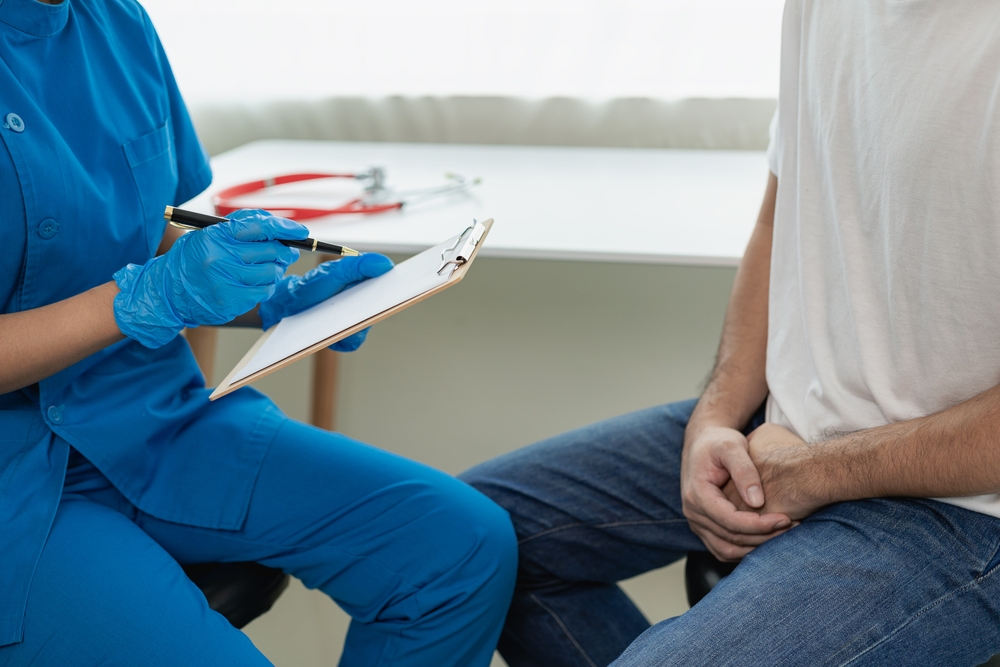
This procedure is typically performed to treat conditions such as benign prostatic hyperplasia (BPH) or prostate cancer. Bipolar TUR offers a safer and more effective treatment by reducing the risk of electrical current damage to surrounding tissues.
Prostatectomy - Bipolar TUR involves the surgical removal of prostate tissue via the urethra. This method is safer than monopolar TURP (Transurethral Resection of the Prostate) as it carries fewer side effects and complications. In Bipolar TUR, an electric current is used to cut prostate tissue without dispersing the current outside a specific area, reducing the risk of damage to surrounding tissues.
The primary goal of this surgery is to remove tissue blocking the urinary tract due to prostate enlargement, alleviating urinary difficulties. Additionally, in prostate cancer cases, the procedure aims to remove cancerous tissue. Bipolar TUR effectively relieves symptoms associated with prostate enlargement, improves bladder emptying, and enhances the patient's quality of life.
Bipolar TUR surgery is usually performed under general anaesthesia. Initially, a thin tube called a resectoscope is inserted through the urethra. This tube contains a camera and surgical instruments, allowing the surgeon to clearly see and remove the prostate tissue using an electric current. The removed tissue is flushed out of the bladder.
The procedure typically takes 60-90 minutes, and patients are usually discharged the same day or the next day. After surgery, a urinary catheter is placed and remains for a few days. Patients may experience mild pain and blood in their urine, but these symptoms usually resolve quickly. Adhering to post-operative care instructions and attending follow-up appointments are crucial for a successful recovery.
One of the main advantages of Bipolar TUR surgery is that it is minimally invasive, leading to shorter recovery times and reduced hospital stays. Additionally, this method causes less damage to surrounding tissues, reducing the risk of complications. Bipolar TUR effectively relieves urinary difficulties and enhances the patient's quality of life.
However, like all surgical procedures, Bipolar TUR carries some risks and potential complications. Post-operative infection, bleeding, and urinary tract issues can occur. Rarely, patients may experience urinary incontinence or sexual dysfunction. Patients should be informed about these risks and discuss all details with their surgeon before the procedure.
After Bipolar TUR surgery, patients should closely monitor their symptoms and follow their doctor's instructions. Mild pain, blood in the urine, and a burning sensation when urinating are normal but usually resolve within a few days. Patients should increase their water intake and avoid strenuous physical activities post-surgery.
After the urinary catheter is removed, patients should monitor their urination patterns and report any abnormalities to their doctor immediately. Maintaining good hygiene and taking prescribed antibiotics regularly can help reduce the risk of infection. Regular follow-up appointments are essential to evaluate the treatment's success and monitor for potential complications. For more detailed information, contact EMPCLINICS.
Bipolar TUR surgery provides long-term relief from BPH symptoms. However, it is possible for prostate tissue to regrow, and additional treatment may be needed in the future.
Temporary difficulty in urination may occur post-surgery but usually resolves quickly. Permanent urination problems are rare.
Typically, no special diet is required after surgery. However, maintaining a healthy and balanced diet supports overall health. Drinking plenty of water and consuming high-fibre foods can aid the recovery process.